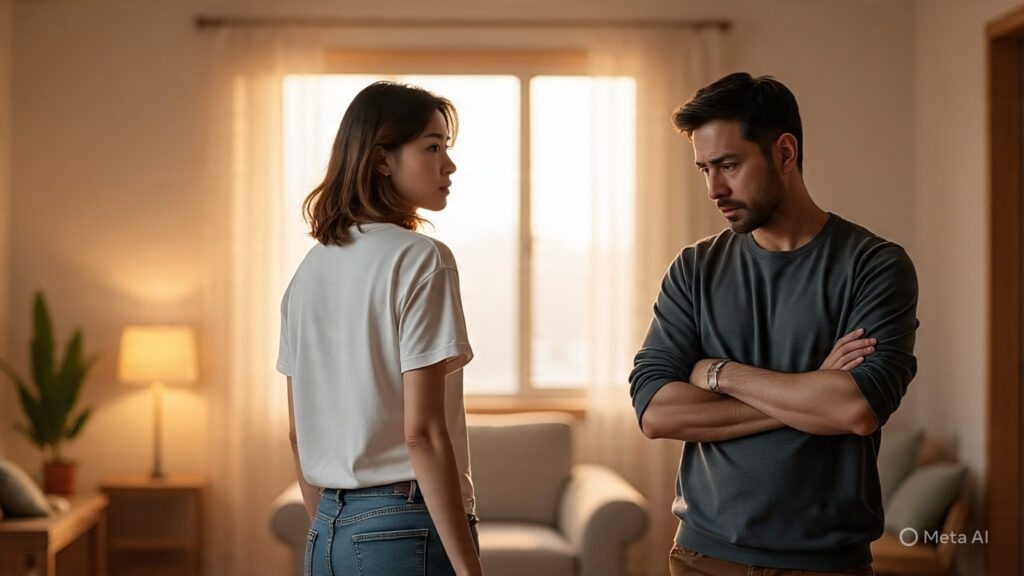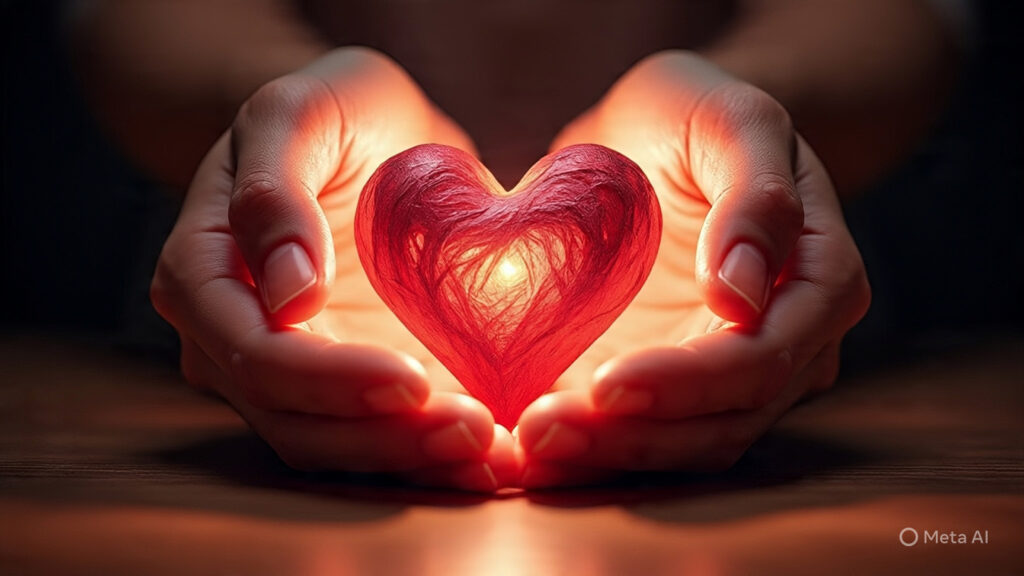Do you ever feel like your love life is on repeat? Same arguments. Same distance. Same heartbreak. You’re not alone — and it’s not random. If you’ve ever wondered why your relationships keep failing, the answer may lie in something you haven’t consciously thought about: your attachment style.
Your attachment style is like the operating system of your emotional life. It was built in your earliest relationships — long before your first crush or adult heartbreak. Yet it silently runs the show in how you connect, argue, trust, or shut down in love.
Let’s decode the psychology behind your relational patterns and help you move towards healthier, more secure connections.
🔍 What Are Attachment Styles and Why Do They Matter?
Your attachment style is the emotional template you developed as a child — based on how your caregivers responded to your needs. These patterns become internal “rules” for how you give and receive love.
Developed by psychologists John Bowlby and Mary Ainsworth, attachment theory shows how early interactions shape your expectations in adult relationships — often explaining why your relationships keep failing even when your intentions are loving.

🧒 How Childhood Shapes Adult Love
Let’s go back to the beginning.
If you cried as a baby and someone consistently comforted you, you learned that love is reliable. But if your cries were ignored or unpredictably met, you may have learned to cling tighter — or detach altogether. These early experiences wire your nervous system and belief system.
They affect:
- How safe you feel with emotional closeness
- Whether you fear abandonment or suffocation
- How you express your needs — or suppress them
That wiring often replays itself in your adult connections, forming the basis for your attachment style.
💔 The Four Main Attachment Styles That Sabotage (or Support) Love
1. Secure Attachment – Healthy Love Foundations
People with secure attachment:
- Are comfortable with intimacy and independence
- Communicate needs calmly
- Resolve conflict with curiosity, not blame
Example: They might say, “I felt hurt when you cancelled our date. Can we talk about it?” They trust they’ll be heard — and they listen too.
2. Anxious-Preoccupied Attachment – The Clinger
If this is you, you’re likely:
- Overthinking every interaction
- Constantly needing reassurance
- Afraid your partner will leave
Your emotional hunger can overwhelm partners, pushing them away — which only confirms your fears.
3. Dismissive-Avoidant Attachment – The Lone Wolf
You might:
- Value independence over connection
- Shut down emotionally when things get intense
- Think vulnerability = weakness
You’re not cold — you’re just protecting yourself. But walls keep love out too.
4. Fearful-Avoidant (Disorganized) – The Push-Pull
You crave love, but fear it too.
- You swing between closeness and withdrawal
- You distrust others and yourself
- You sabotage relationships before they hurt you
This style often stems from trauma or chaotic caregiving in childhood.

🔁 Real-Life Signs Your Attachment Style Is Running the Show
Still wondering why your relationships keep failing? Here’s how it might look in real life:
- You chase emotionally unavailable people
- You feel anxious when your partner doesn’t text back instantly
- You keep things surface-level to avoid vulnerability
- You ghost people you like — then regret it
- You confuse drama with passion
Sound familiar? You’re not broken. You’re repeating an old pattern.

⚠️ The Destructive Cycle: When Insecure Styles Collide
The classic “pursuer-distancer” dynamic often plays out like this:
Anxious partner: “Why aren’t you texting me back? Do you even care?”
Avoidant partner: Ghosts or withdraws, thinking, “I need space. This is too much.”Result? Both feel misunderstood, unloved, and stuck in a loop.
This dynamic is one of the biggest reasons why your relationships keep failing — despite mutual care or attraction.

👁️ Breaking the Cycle: How to Move Towards Secure Attachment
1. Start with Radical Self-Awareness
Ask yourself:
- Do I fear being too much or not enough?
- Do I need constant reassurance or total control?
- What do I expect from love — and where did that come from?
Journaling and reflecting on these can uncover patterns running on autopilot.
2. Heal with Information + Intention
Attachment wounds can be healed. Start by:
- Reading books like Attached or Hold Me Tight
- Following relationship therapists on social media
- Watching YouTube videos or taking quizzes on your attachment style
This knowledge empowers you to act with awareness — not fear.
3. Communicate Differently
For Anxious Types:
Say, “I feel insecure when I don’t hear from you — can we talk about it?”
Avoid: Blaming or mind-reading.
For Avoidant Types:
Say, “I need some space, but I’m not abandoning you.”
Avoid: Disappearing or mocking emotions.
Clear, calm, and respectful communication is key to moving from chaos to connection.
4. Practice Emotional Regulation
Whether you’re anxious, avoidant, or both — emotional maturity helps break the loop.
Try:
- Breathwork or meditation during emotional surges
- Reframing anxious thoughts (“They’re busy, not abandoning me”)
- Taking a pause before reacting — especially during conflict

👨⚕️ When to Seek Therapy
Sometimes, DIY isn’t enough — and that’s okay.
A good therapist can help you:
- Heal childhood wounds
- Rewire emotional habits
- Practice secure behaviors with guidance
If you keep asking yourself why your relationships keep failing despite your best efforts, therapy may be the missing piece.
💡 Final Thoughts: You Can Change the Script
Your attachment style may explain your past — but it doesn’t have to define your future.
The truth is: You are lovable. You are capable of deep connection. And you are not your past.
Once you understand your emotional blueprint, you can redesign it. You can learn new skills, have healthier relationships, and stop repeating the same painful patterns.
Because the real reason why your relationships keep failing might not be about them — it’s about the version of you that learned survival, not connection. But healing is possible.
And you deserve a love that feels like home — not war.






